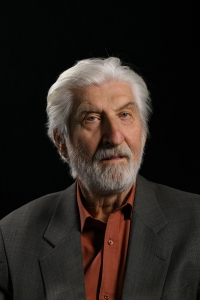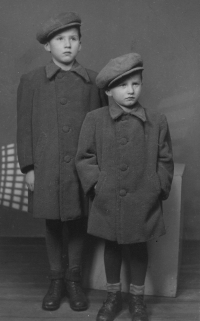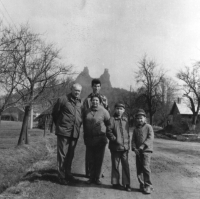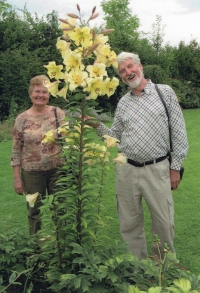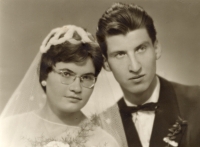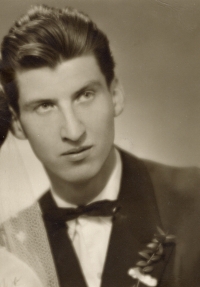The rocks covered him from the bombs. He then immortalized the landscape of the Bohemian Paradise in his paintings.
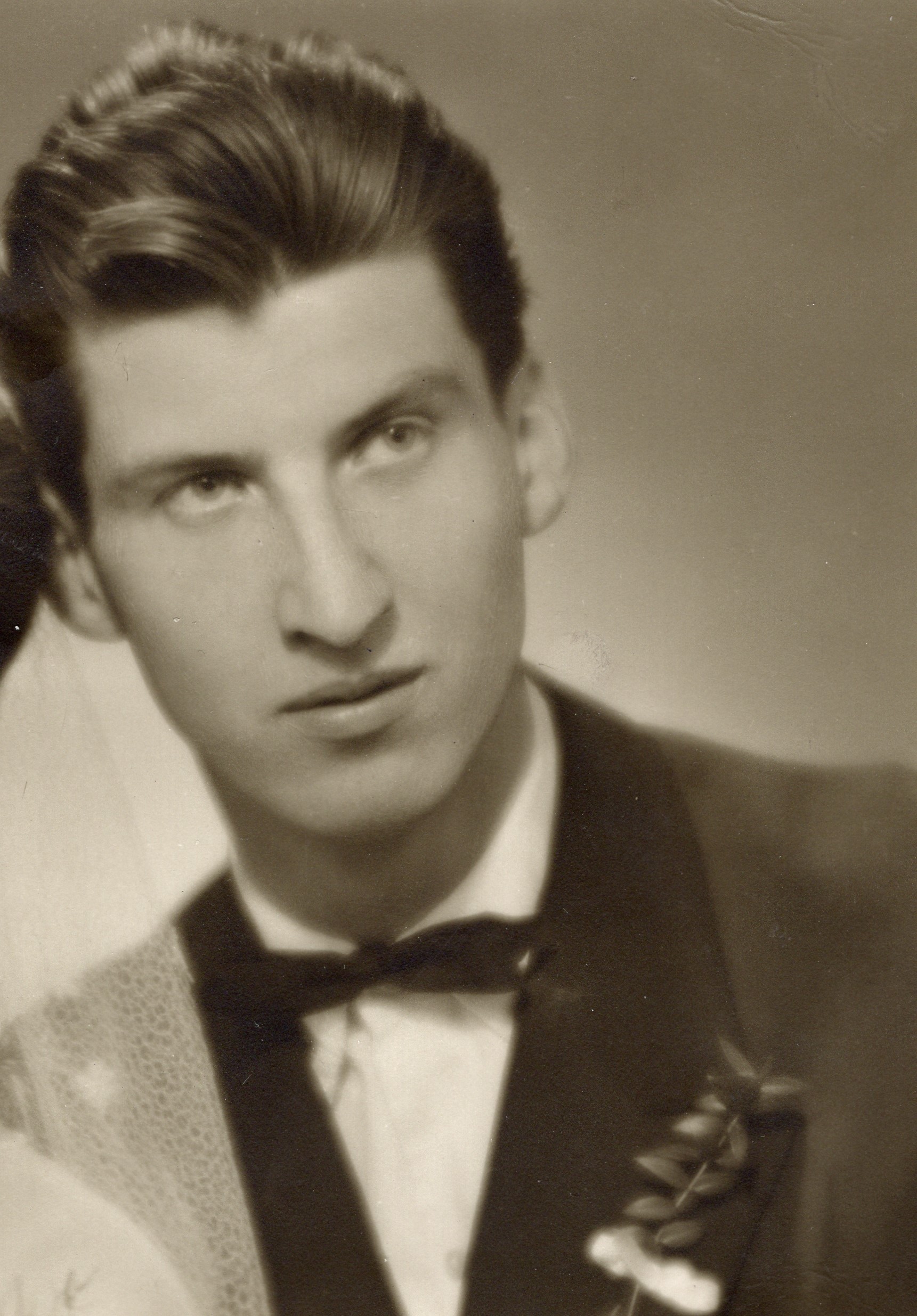
Stáhnout obrázek
Jaroslav Najman was born on July 14, 1936, in Mladá Boleslav. He grew up with his parents and two siblings in Vandrovec, where he lived through the Second World War as a child. The family hid from the raids in nearby caves. The witness experienced the bombing of Mladá Boleslav by the Red Army on May 9, 1945, and its devastating consequences. After attending the town school, he continued his studies in Turnov at the High School of Arts and Crafts, where he specialised in cutting precious stones. As a graduate, he started working in Karlovy Vary, where he met his future wife, Libuše Kolářová. Together they moved back to Mladá Boleslav and started working at the Škoda car company. They were married in 1959 and later had two sons. In the same year, the witness became a member of the Mladá Boleslav art club. He participated in its management and organized lectures and creative workshops under the guidance of academic painters. Together with other artists from Mladá Boleslav, he exhibited his works throughout the region and even abroad. He and his colleague Vladimír Vlk founded the painting group VLNA. After the Velvet Revolution, he became a member of the Association of Artists of the Czech Republic. The activity of the art association lasted until 1995, after which the studio was officially dissolved due to dismissal from the spaces of the House of Culture. However, the painters continued to meet and exhibit. Jaroslav Najman lived in Mladá Boleslav in 2022.
